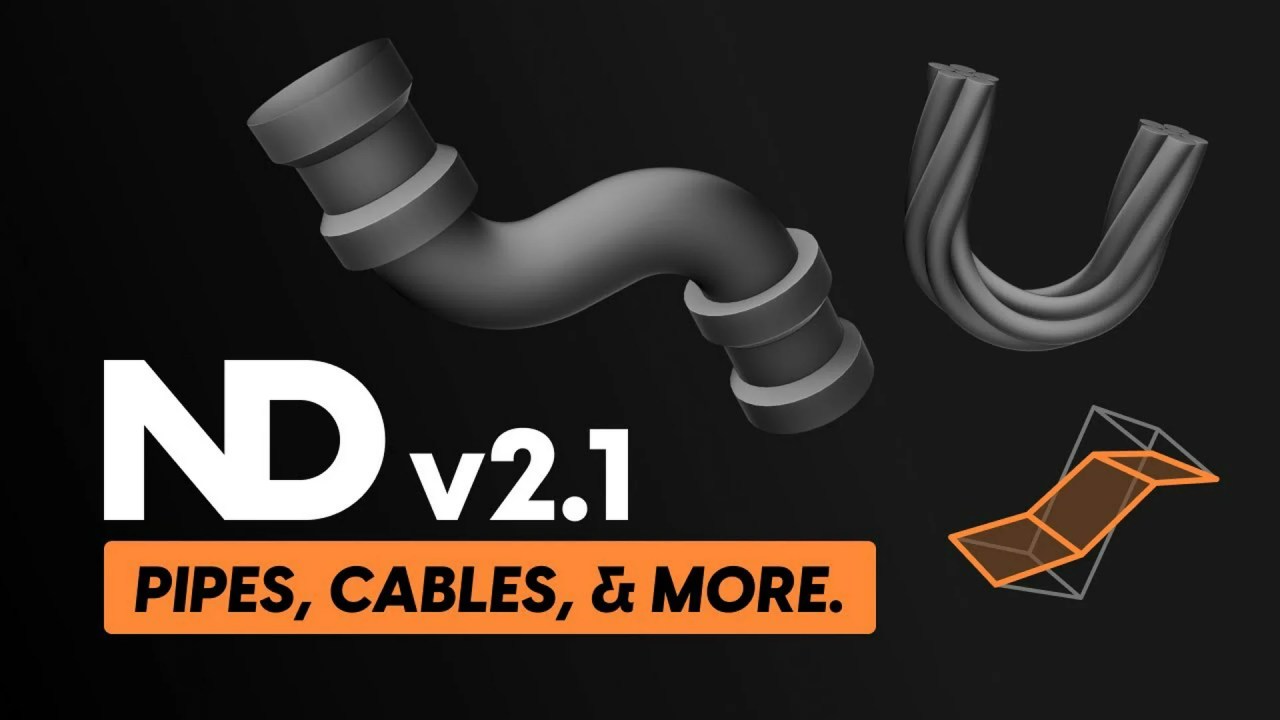Plasticity offers an intuitive, history-free CAD workflow tailored for artists, combining precise solids modeling with advanced surface blending (XNURBS) and powerful direct editing, making complex industrial and concept designs genuinely fun and effortless.
The world of precision modeling often feels laborious, bogged down by feature trees and complex histories. However, the creators behind Plasticity aim to revolutionize this process, providing a powerful solid and surface modeling application that is both intuitive and fun.
In this brief but inspiring showcase, the team at Plasticity (available at plasticity.xyz) demonstrates just how easy it is to achieve complex, watertight hard-surface geometry quickly and dynamically.
Unleashing Creativity Through Direct Editing
Plasticity distinguishes itself by delivering high-end CAD features—traditionally reserved for much more expensive, subscription-based software—within an artist-friendly environment. The focus is on a direct-editing workflow, meaning you can push, pull, and adjust existing geometry instantly without battling a history tree. This freedom allows artists to treat highly accurate solids modeling almost like traditional polygonal modeling, but with engineering-grade precision.
The software utilizes sophisticated underlying technology like Parasolid and xNURBS to ensure professional-grade results, especially when dealing with complex boolean operations and surface blending. Whether you are tackling detailed vehicle design, crafting industrial prototypes, or generating complex props for video games, Plasticity provides the precise tools needed, including unparalleled control over fillets and G2-continuous surface blends.
Many artists have noted that using Plasticity transforms modeling from a technical challenge into a “meditative experience,” proving that CAD software can indeed support rapid concept iteration.
A Powerful Complement to Existing Workflows
For artists already invested in their ecosystem, Plasticity serves as a highly effective complement. The software handles complex solids and surfaces that might otherwise choke traditional polygonal modelers. Notably, the Studio and Indie licenses both include a Blender bridge, simplifying the export of precise, complex forms into the final rendering pipeline.
If you are curious about adopting this powerful, non-subscription tool into your hard-surface pipeline, you can explore their social channels, including Instagram and Twitter, to see more inspirational content and workflow examples.
For those leveraging this workflow for concept art and design, make sure you Check out more content for the Blender community if that’s your final rendering destination. And for related technological advancements, you might also want to stay up-to-date with all the latest Blender 5.0 updates as new features are integrated.


